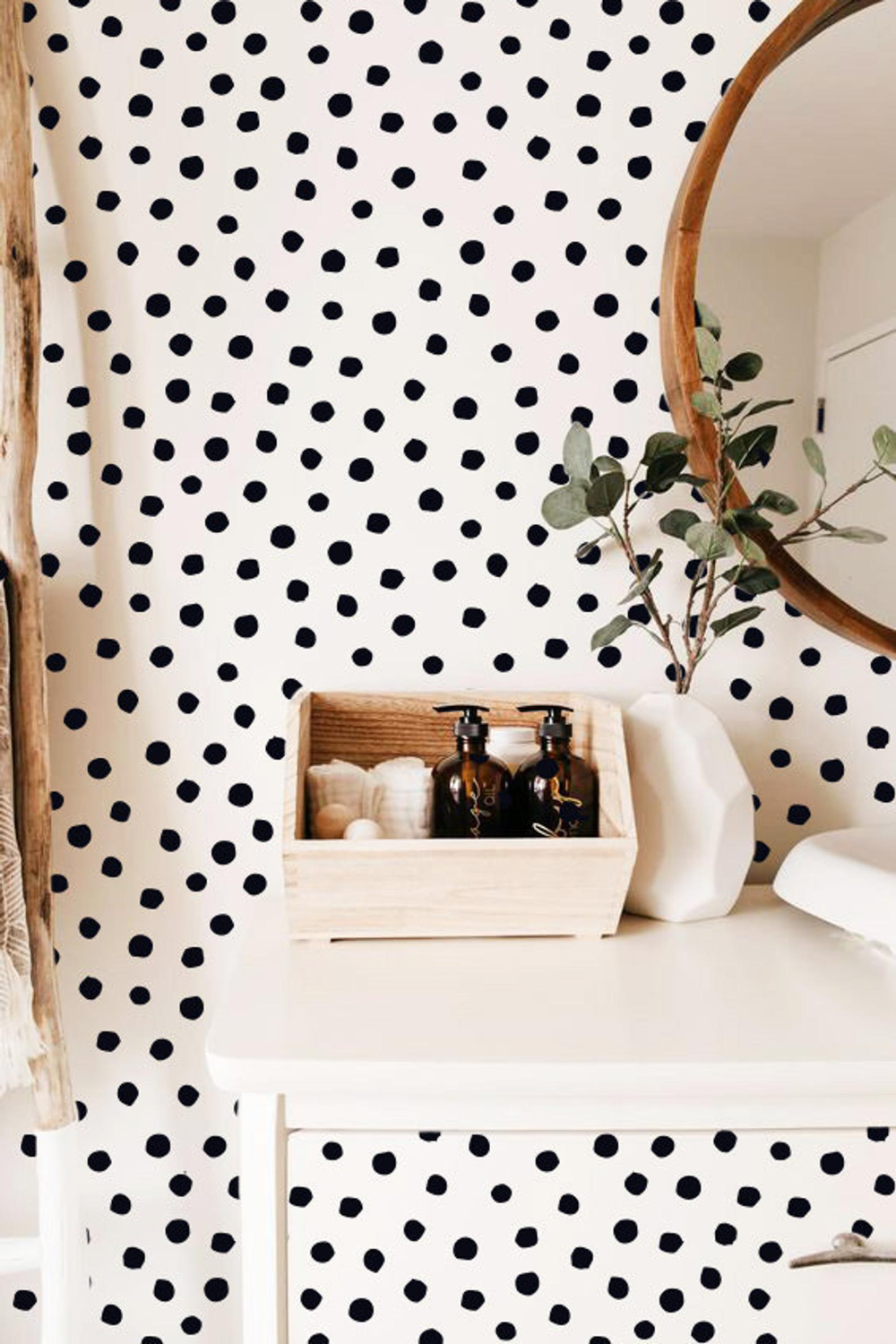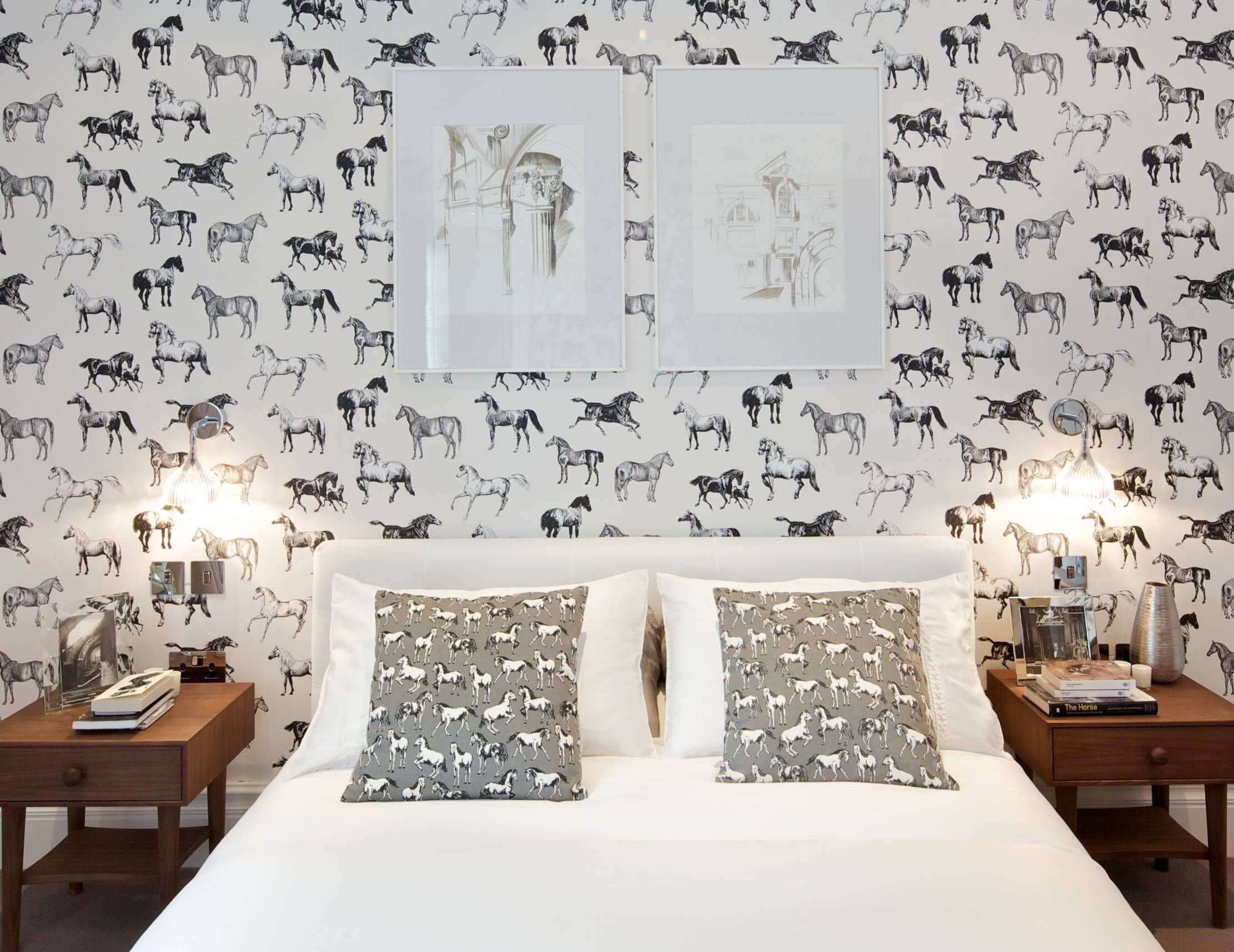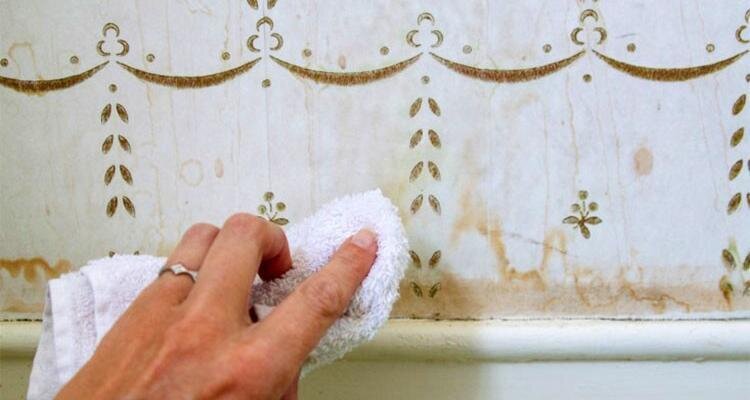How To Clean Wallpaper?
A home’s colours, brightness and even size can all be seen in its walls. Hence, it is important to pay attention to what you decide to cover your walls with and to the cleaning of them. Wallpaper is the most stylish way to dress your walls and one of the best ways to reflect the character of your home. Whether you choose solid colours, geometric or nature inspired patterns, making sure you clean your wallpaper properly will make your walls look better for longer. In this article, we’ll examine in detail what you should be paying attention to when cleaning.
Wallpaper - A ‘How To’ Guide To Choosing, Removing and Pasting >
How To Make The Most Of Your Loft Space >
Home Renovation: How To Bring A New Lease of Life To Your Furniture >
What to Watch Out For When Cleaning Wallpaper
The first thing to remember is that you’re not cleaning painted concrete, but a paper based material. With this in mind, be wary of using abrasive cleaning products as these can cause damage. If you are going to use chemicals, make sure you dilute them with water.
If you don’t want to use any harsh chemicals, you can simply use warm soapy water. Alternatively, you can add a small amount of vinegar and bicarbonate of soda to warm water to make a brilliant homemade cleaner.
To decide between a sponge or soft cloth, you can experiment with both on a small section of the wall that isn’t easily visible. Wait for it to dry and examine the section for any warping. When you have finished your cleaning, make sure the wall is completely dry before doing anything else to it.
We recommend cleaning your wallpaper with every season change. Rooms that you spend a lot of time in, kitchens and the areas around windows can be cleaned more often as these tend to get dirtier more quickly.
Cleaning According To The Wallpaper Type
Not all wallpaper is made from the same material, therefore there are different ways to clean the different types.
Synthetic wallpaper is the easiest type to clean. Due to its resistance to chemical erosion, it is the preferred option in bathrooms and kitchens.
Fiberglass textured wallpapers are heat and friction resistant. Therefore, you’re not restricted to mild cleaners. In other words, you can use strong products to get rid of hard to remove stains.
Fabric wallpapers are one of the most popular options with their textured appearance andfeel. Unfortunately, although this type of wallpaper is tear resistant, it is difficult to clean. Therefore, heavy products and harsh chemicals should not be used here.
Although vinyl wallpaper is the most common type due to its versatility, it is not the most durable. It tears easily so any kind of moisture can damage it. For this reason, it should be cleaned and dried quickly.
Natural and bamboo fiber wallpapers are of a high quality. They are amongst the most expensive wallpapers because they’re handmade. However, despite their appearance, they don’t react well to water and chemicals. Therefore, they are very difficult to clean.
The Steps To Cleaning Your Wallpaper
Start by removing the top layer of dust without damaging the texture of the wallpaper. To do this, use a soft brush or cloth to gently wipe the surface.
Next, prepare your cleaning solution and soak your cloth in it. Wring out the cloth so that it is only damp, then wipe the wall with soft and slow strokes. If your wallpaper is prone to damage, remember to keep clear of too much water and harsh chemicals. If you’re not sure, you can use the earlier method of experiencing with a small out of sight area.
After cleaning the wall thoroughly, wait for it to dry so that you can clearly see any hard to remove stains. If you want to do a deeper clean and repeat the process, make sure you first wait for the wall to dry fully so that you don’t cause any moisture damage.
How To Remove Tough Stains
There are a number of different methods that can be used to tackle tough stains. You can use a gum eraser that is commonly used by artists on delicate materials to remove dirt and fingerprints. It will collect the dirt without tearing the wallpaper. Alternatively you can go over the stained area with a soft sponge and diluted washing detergent.
Oil stains are a nightmare for any surface. These types of stains are especially common in the kitchen. You can’t use concentrated chemicals as these can dissolve the wallpaper. An effective method is to apply cornstarch to the stain and cover it with cling film, then leave for a while before wiping it off.
The little occupants of our homes have a love of leaving us gifts in the form of pencil and crayon marks on the walls. If you decide you want to get rid of these works of art, cover the stain with a wet cloth and gently press an iron on to it. Make sure that the steam setting on the iron is off before doing so.
For mold, you can use a soft cloth or sponge to apply vinegar diluted with water to the problem area. Leave to absorb and then wipe off with a clean, damp cloth.
Visual Source: detaytemizlik.com, lekelernasilcikar.net, abcdadecoracao.com
















